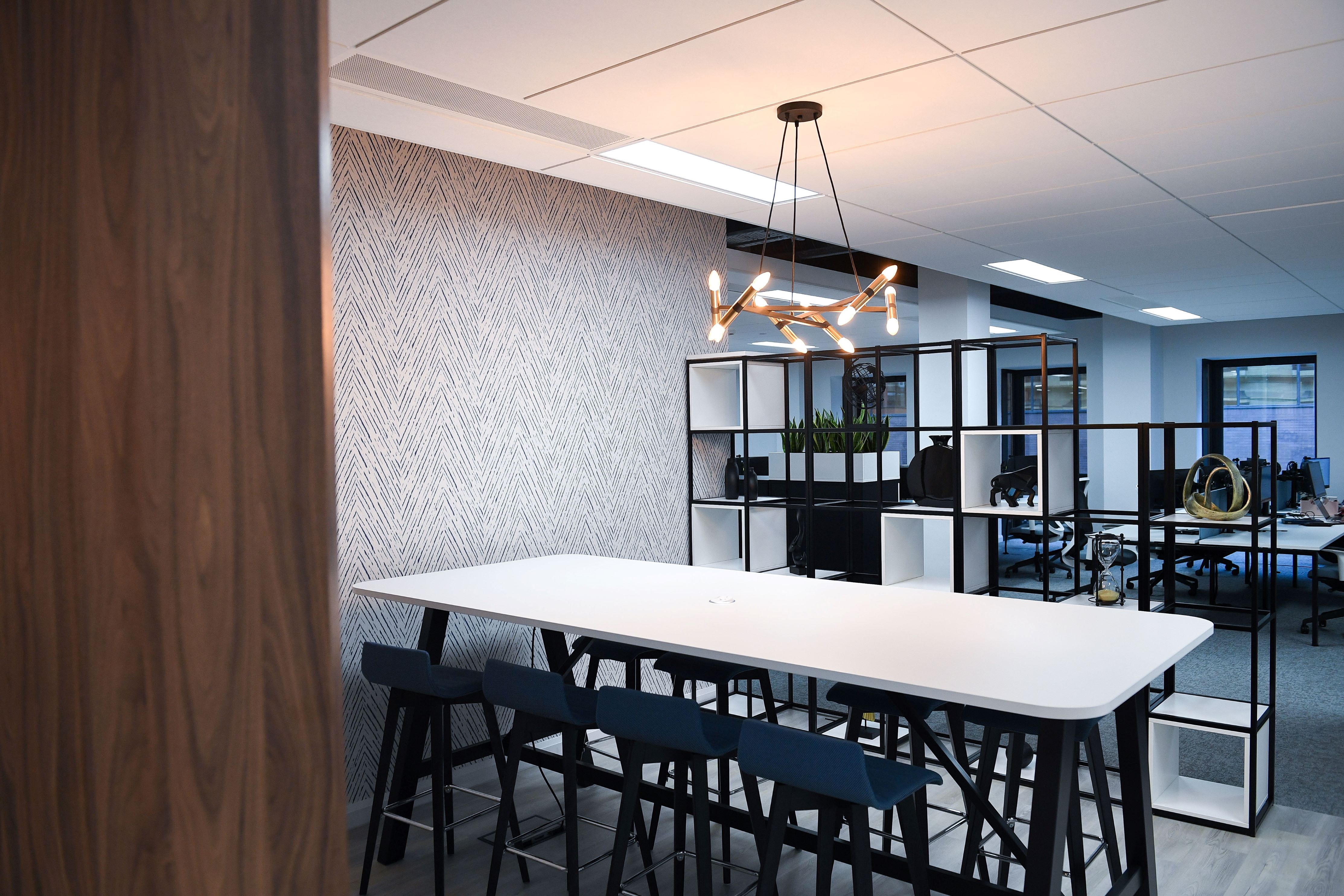
Although it seems like the COVID-19 pandemic was a long time ago, it drastically altered how we all lived and worked, almost overnight, businesses were forced to shut their offices and switch to running operations from home to help curb the virus. Even now we see the impact it had and office trends continue to be a hot topic with businesses continually reviewing their operational requirements. As we move closer to opening our Birmingham city centre office, we caught up with one of our partners, Charles Warrack, to find out his thoughts on the current Birmingham office market.
I think we are about to see the Birmingham office market change as we approach an era of exciting and dynamic times. Undoubtedly the COVID-19 pandemic changed the way that offices are occupied and used. There is clear evidence showing that employees still want the flexibility to work from home but there is a sustained and real need for office accommodation to be fit for purpose for the way that organisations now work.
Offices require the basics: desks, chairs, meeting rooms and internet but they now need to offer a lively environment to encourage staff to want to come to the office and engage with both their colleagues and their clients. This behaviour change is directly borne out by the statistics that we are seeing in office space take up. Businesses are looking for high-quality office space offering a host of features that are geared towards employee engagement and well-being but there needs to be a hook to get people to commute to their place of work.
Before the pandemic, the tenure average take-up of office accommodation in Birmingham was averaging at circa 750,000 sq ft. Not surprisingly, post-pandemic, take-up is around 25% to 30% down on this. These statistics in no way declare the death of the office market, but simply reflect the fact that many organisations now require different sizes of accommodation with higher expectations of specification, much of which is still not offered by the marketplace.
From my experience, both as an employee and as a professional adviser to clients, there is a clear lack of suitable office accommodation in terms of both size and specification. When we were looking for a suitable location for our new city centre office in Birmingham, we only short-listed two or three very suitable options, it was evident that our other alternatives did not meet our facilities and specification requirements.
The market is seeing that occupiers expect a complete offer. They are now looking for a wider range of facilities provided by the landlord which includes things such as podcast rooms, hotel-standard showers, cycle rack facilities with changing rooms, media presentation rooms available for hire and quite often a gym.
Collaboration space is high on the agenda, gone are the days of rows and rows of desks but there is now a genuine need for areas offering colleagues an informal space to engage with one another and their clients which needs to be situated close to an attractive kitchen area. Workplaces are now the social anchor for collaboration, we have seen the introduction of more employee comfort and well-being to encourage their employees to be happier, less stressed, and more engaged with their work.
Whilst property is both an art and a science, the science cannot be ignored and the recent statistics bear witness to what I am saying. In the first three quarters of 2023, the central Birmingham office market has seen 72 transactions, recorded on both a leasehold and freehold basis, totalling 462,719 sq ft. We will likely get to near the 10-year average, but it is anticipated that there will be a slight reduction given the nature of the market. What is clear from the recent quarter 3 take-up figures is that all of the transactions in the city centre under 2,500 sq ft were recorded in about the only building which offers the whole range of facilities occupiers are looking for.
Notably, in the mid-range sector of 5,000 to 10,000 sq ft, nearly half a dozen transactions went to a single building, which again offers much of the same type of facilities.
At the upper end of the size range, the stand-out transaction was Lloyds Bank taking nearly 60,000 sq ft at 6 Brindley Place for a term of circa 18 months on a serviced office deal. This is because Lloyds will refurbish its existing premises at 125 Colmore Row. Again, this transaction highlights the strength of the Flexi/serviced office market and its ability to respond quickly to changing occupier needs.
Ignoring the “signs” and turning to the art, from my own experience in liaising with both landlords and occupiers, I see a very active market in both the city centre and Edgbaston. Daily enquiries and viewings are being undertaken and there is a clear undercurrent of occupiers scouting for suitable accommodation, although we are seeing examples of occupiers not being able to identify space suitable for their needs. What this means is that the landlords who do respond to the market demand will undoubtedly be the ones who successfully secure happy and motivated occupiers within their buildings.
Lastly, ending up with the science part, whilst take up is technically down from the post-pandemic figures, one could argue that the market is performing very strongly in relative terms, and we are now seeing headline rents well over £40 per sq ft for prime office accommodation and this is in marked contrast to the pre-pandemic era where these rents were closer to £30 to £35 per sq ft.
The market is still adapting to what is effectively a new world order in the office market but there is a real dynamic force now where I believe we are likely to see further growth within the market which will be driven by those landlords adapting to the needs of the occupiers.
Click here to find out more about our commercial property consultancy services.





